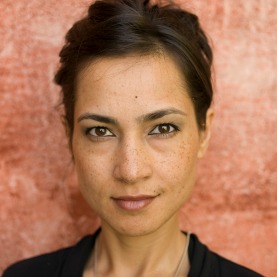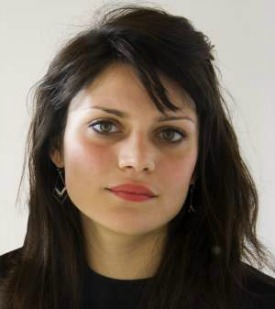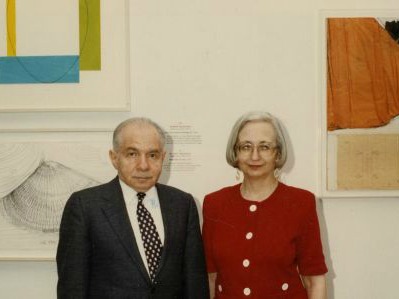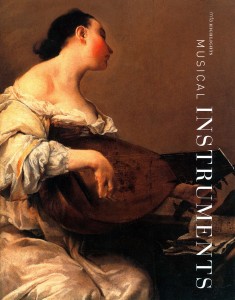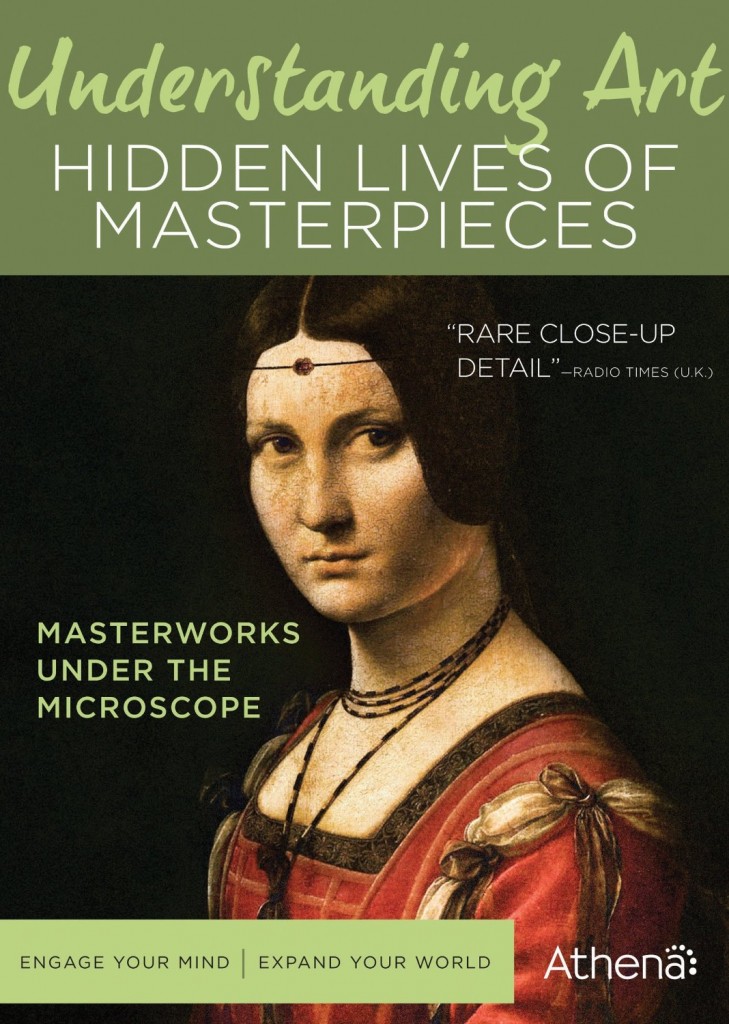If you missed the Vermeer & Music: The Art of Love and Leisure at the National Gallery in London this summer — it closed on Sept. 8 – you’ll have something of a chance to view it from afar tomorrow. That’s when the latest effort by Exhibition: Great Art On Screen, which I wrote about here, goes up on the silver screen. The film will be in theaters near you Oct. 10, generally at 7:30 (but check the local time).  You can see the theater listing here. Or here, by state.
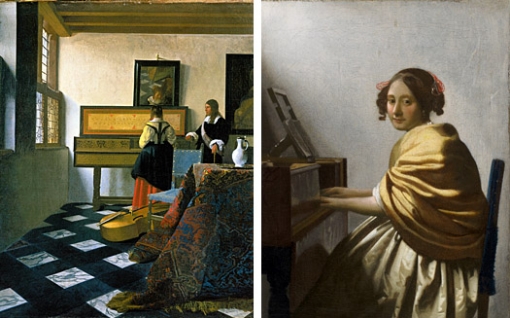 The Vermeer exhibition was reviewed in The Guardian here, with a slide show here, and in a video by The Telegraph here. Â The Independent loved it, but in print The Telegraph said it was “imperfect.”
The Vermeer exhibition was reviewed in The Guardian here, with a slide show here, and in a video by The Telegraph here. Â The Independent loved it, but in print The Telegraph said it was “imperfect.”
The film is the third by Phil Grabsky in this vein — not counting Leonardo Live, which triggered his interest in doing a series. The first two were Manet: Portraying Life, based on an exhibit at the Royal Academy in London and the Toledo Museum of Art, and Munch 150, about this year’s landmark exhibit in Oslo on the 150th anniversary of Edvard Munch’s birth.
I asked Grabsky what he’s learned so far about the public with these films, and he wrote back:
The main lesson after the first couple (and Leonardo Live) is that, despite what a TV commissioning editor would say, people really do want to have time to look at the artwork. We hold shots of the artwork for a good 30 seconds which doesn’t sound much but is really. The audience love that – and it’s interesting that that holds up as true whatever the country – Argentina or Australia, Chile or Canada.
People like experts talking with enthusiasm – the Vermeer show filmed great interviews at the Met and the National Gallery of Art in DC. Â People also really like the biographical films that wrap around the exhibition footage – and they love seeing the whole package in the comfort of a cinema.
And:
It was also true – and remains true – that we are still dependent on ‘big name’ artists….Munch was a fabulous show in Oslo and despite the ‘who is the man behind the $119m painting (The Scream)?’ publicity approach, Box Office was half that of Manet. Whereas Vermeer is already, with pre-sold tickets, the best-selling of the three.
That’s a shame in some senses because…I want the brand to be able to carry non-major Western artists. I’d love to look at the permanent collection of the Topkapi, exhibitions on South African art, the new Islamic galleries in the UAE, and so on.
We’re only $100,000 a show short of breaking even but that’s a lot for a small arts independent. On the other hand, we are getting approaches all the time now from major galleries around the world – asking me to look at both temporary exhibitions and permanent collections. That is very exciting.
Grabsky says that he’s got five exhibitions lined up for the film treatment next year but, can’t yet name them (contracts must be signed!). He did say that both American and European exhibits are involved. “I know there’s an audience out there who are very appreciative,” he said, “And I am not having to answer to a TV commissioning editor asking for less Walter Liedtke and more Lady Gaga.”
It’s no secret that I welcome these films, and hope they do well.
For readers in New York, btw, Vermeer comes at a great time. On Oct. 22, the Frick opens Vermeer, Rembrandt, and Hals: Masterpieces of Dutch Painting from the Mauritshuis. It’s going to be a big hit, if it’s track record in Japan is any indication. So now is the time to refresh your knowledge of Vermeer.
Photo Credits: The Music Lesson (1662-3) and Young Woman Seated at a Virginal (1670-2), both in the NG exhibition; courtesy of the National Gallery.

